6October 2023
In the ever-evolving world of consumerism, everyone loves a good deal. It’s no wonder then, that one question that often comes to mind is whether promotions or special offers are commonly available in the industry. From retail to hospitality, and everything in between, businesses have long embraced the power of discounts and enticing promotions to attract customers. In this article, we will explore the prevalence of these tempting offers in various industries, uncovering the secrets behind their success and how they benefit both consumers and businesses alike. So, get ready to uncover the exciting world of promotions and discover how you can make the most of these enticing opportunities.
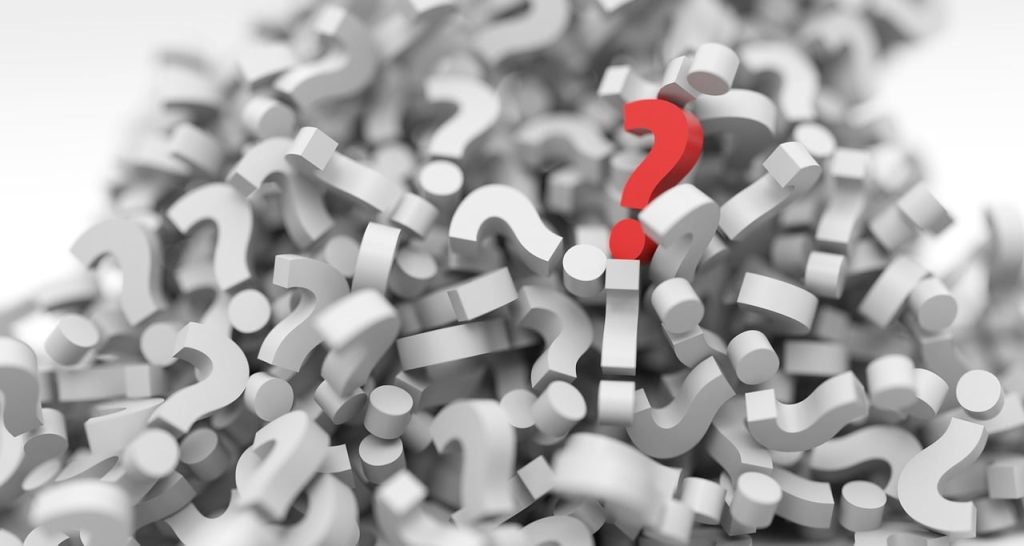
This image is property of pixabay.com.
Industry Overview
In today’s competitive business landscape, promotions and special offers have become commonplace across various industries. Whether you are in retail, hospitality, food and beverage, e-commerce, entertainment, or automotive, you are likely to come across enticing deals and discounts designed to attract customers and boost sales. These promotions and special offers are strategic marketing tactics used by businesses to stay relevant, attract new customers, and retain existing ones. In this article, we will delve into the different types of promotions and special offers, the factors influencing their implementation, their benefits, challenges, successful examples, common industries, and effective strategies for their implementation.
Types of Promotions and Special Offers
Discounts
Discounts are perhaps the most well-known and widely used type of promotion in the business world. They involve reducing the price of a product or service for a limited time to incentivize customers to make a purchase. Discounts can come in the form of percentage reductions, dollar amounts off, or even buy-one-get-one-half-off deals. Whether it’s a flash sale, a clearance event, or a seasonal discount, the allure of discounted prices can drive customers to take action.
Buy One Get One Free (BOGO)
The buy-one-get-one-free promotion, commonly known as BOGO, offers customers the opportunity to receive a second item for free when they purchase the first item at full price. This type of promotion not only entices customers to make a purchase but also encourages them to buy in larger quantities, benefiting the business in terms of increased sales volume and inventory turnover.
Loyalty Programs
Loyalty programs are designed to reward customers for their continued patronage. By offering exclusive discounts, freebies, or points accumulation systems, businesses aim to retain existing customers and incentivize repeat purchases. Loyalty programs not only take advantage of the human desire for recognition and exclusive rewards but also provide valuable data and insights into customer behavior, enabling businesses to personalize their offers and improve customer satisfaction.
Limited-Time Offers
Limited-time offers create a sense of urgency and encourage customers to take immediate action. These promotions are often used to promote new products, clear excess inventory, or to drive sales during specific periods such as holidays. By placing time constraints on the offer, businesses can create a fear of missing out (FOMO) effect, boosting customer engagement and sales within the specified timeframe.
Bundle Deals
Bundle deals involve packaging multiple products or services together and offering them at a discounted price. This strategy not only allows businesses to showcase different offerings but also incentivizes customers to purchase more items than they would individually. Bundle deals are particularly effective for businesses looking to upsell or cross-sell products and services and are a popular choice in industries such as technology, telecommunications, and hospitality.
Free Gifts
The allure of receiving something for free is a powerful motivator for consumers. Offering free gifts, whether it’s a small sample, a branded promotional item, or an extra product with a purchase, can create a positive association with the brand and encourage customers to not only make a purchase but also spread the word to others. Free gifts can be particularly effective when used as part of a limited-time offer or as a surprise bonus for loyal customers.
Rebate Programs
Rebate programs involve offering customers a partial refund on their purchase after they submit proof of purchase. This type of promotion incentivizes customers to make a purchase by reducing the perceived cost and providing a financial benefit after the fact. Rebate programs are commonly seen in industries such as electronics, appliances, and automotive, where the initial cost of the product might be high, and the rebate helps alleviate some of the financial burden.
Contests and Giveaways
Contests and giveaways are promotional tactics that leverage the excitement and anticipation surrounding the chance to win something. By requiring customers to participate in a contest or giveaway, businesses can increase engagement, generate buzz, and capture valuable customer data. Whether it’s a social media contest, a prize draw, or a competition, these promotions can help expand the customer base, increase brand awareness, and encourage customer interaction.
Referral Programs
Referral programs rely on the power of word-of-mouth marketing by incentivizing customers to refer friends, family, or acquaintances to the business. By offering rewards or discounts to both the referrer and the referred, businesses can tap into their existing customer base to acquire new customers. Referral programs not only expand the customer network but also foster trust and create a sense of community around the brand.
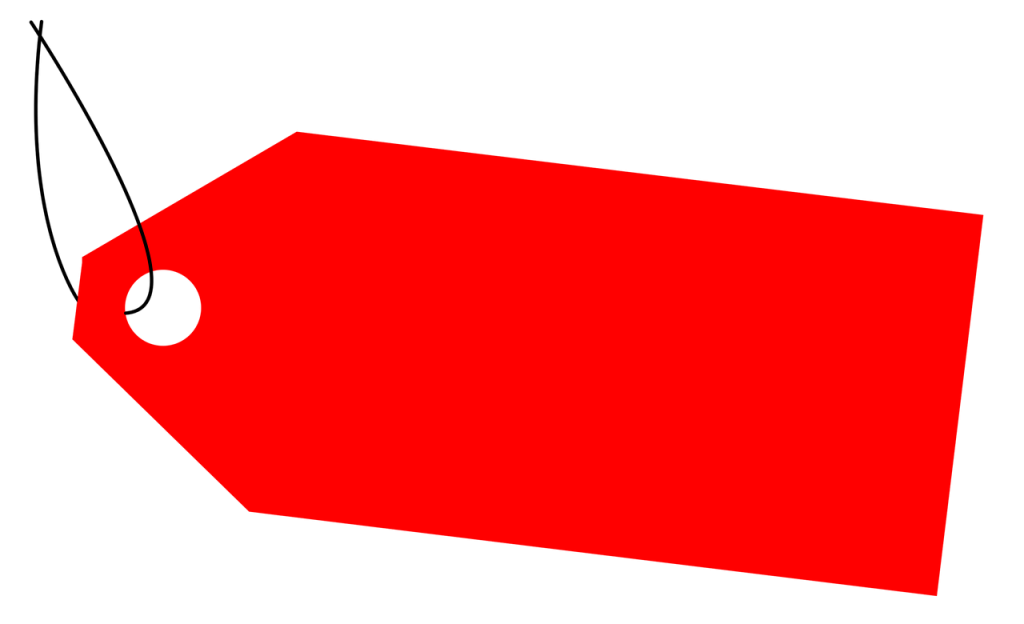
This image is property of pixabay.com.
Frequency of Promotions and Special Offers
The frequency of promotions and special offers varies depending on the industry, business objectives, and customer demand. While some industries rely heavily on frequent promotions to stay competitive, others may opt for more targeted or exclusive offers. Factors such as seasonality, inventory management, marketing objectives, and the product life cycle play a significant role in determining the frequency of promotions.
Retail industries, for example, often have regular sales events throughout the year, such as Black Friday, Cyber Monday, and end-of-season sales. These industries heavily rely on promotions to drive foot traffic, clear inventory, and increase sales volume. In contrast, industries like automotive or luxury brands may have a more selective approach, offering promotions during specific seasons or for specific products or customer segments.
Ultimately, the frequency of promotions and special offers should be carefully planned and aligned with business goals, customer expectations, and industry norms.
Factors Influencing Promotions and Special Offers
Several factors influence the decision to implement promotions and special offers. By understanding these factors, businesses can effectively strategize and tailor their promotions to achieve the desired results.
Competition
Competition plays a significant role in determining the need for promotions and special offers. If competitors are continuously offering deals and discounts, businesses may need to do the same in order to stay competitive and attract customers. Monitoring competitor activities and understanding the market landscape is crucial to identifying opportunities for promotional initiatives.
Seasonality
Seasonality can heavily influence the types of promotions and special offers a business implements. For example, during the holiday season, businesses often offer limited-time promotions, bundle deals, or free gifts to capitalize on increased consumer spending. Other seasonal factors, such as back-to-school season or summer vacation, can also drive the need for promotions tailored to specific customer needs and preferences during those times.
Inventory Management
Promotions and special offers are often used as inventory management tools to clear excess inventory or drive sales of specific products or services. When businesses need to make room for new inventory or move slower-selling items, discounts, bundle deals, or limited-time offers can help incentivize customers to make a purchase. Effective inventory management requires a balance between offering promotions and maintaining profitability.
Marketing Objectives
Businesses use promotions and special offers as part of their overall marketing strategy to achieve specific objectives. Whether it’s increasing brand awareness, acquiring new customers, improving customer retention, or boosting sales volume, promotions can be tailored to meet these objectives. Understanding the marketing objectives allows businesses to align their promotions with broader strategic goals and measure their effectiveness.
Customer Demand
Listening to customer demand is essential when deciding on the types of promotions and special offers to implement. By conducting market research, surveying customers, or analyzing purchase data, businesses can identify what kind of promotions are most likely to resonate with their target audience. Understanding customer preferences and needs allows businesses to create relevant and compelling promotions that drive customer engagement and conversion.
Product Life Cycle
The stage of the product life cycle can influence the types of promotions and special offers a business implements. During the introduction or growth stages, businesses may focus on offering discounts or free gifts to entice customers to try a new product or service. As the product reaches maturity or decline, bundle deals or loyalty programs may be more effective in maintaining customer interest and loyalty. By aligning promotions with the product life cycle, businesses can maximize their impact and return on investment.
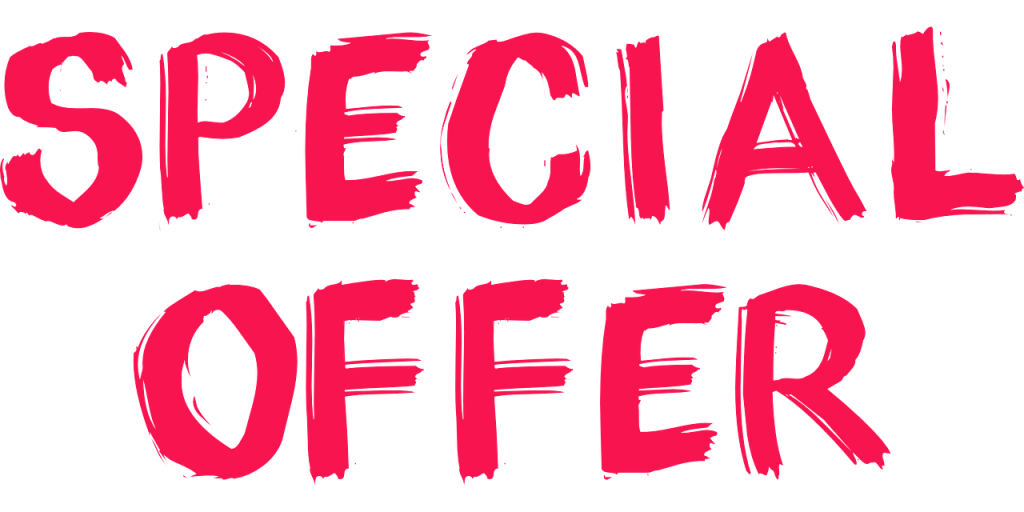
This image is property of pixabay.com.
Benefits of Promotions and Special Offers
Businesses utilize promotions and special offers for various reasons, each with its own set of benefits. Here are some of the key advantages of implementing promotions and special offers:
Increased Sales
One of the primary benefits of promotions and special offers is the potential for increased sales. By offering discounts, bundle deals, or free gifts, businesses can incentivize customers to make a purchase and potentially spend more than they originally intended. These promotional tactics tap into the psychology of customers, making them feel as though they are getting a good deal or a value-added proposition.
Competitive Advantage
In today’s saturated market, standing out from the competition is crucial. Promotions and special offers can provide a competitive edge by attracting customers who are searching for the best deals. By offering unique promotions or emphasizing the value proposition of their offerings, businesses can differentiate themselves from competitors and increase their market share.
Customer Acquisition and Retention
Promotions and special offers can play a significant role in customer acquisition and retention. For new customers, these promotions serve as an incentive to try a business’s products or services, potentially converting them into loyal customers. For existing customers, promotions and special offers can strengthen the relationship, increase brand loyalty, and incentivize repeat purchases. By rewarding customer loyalty and engaging new customers, businesses can build a loyal customer base and increase customer lifetime value.
Brand Awareness and Exposure
Well-executed promotions and special offers can also generate increased brand awareness and exposure. Whether it’s through social media buzz, word-of-mouth marketing, or media coverage, promotions can put a business in the spotlight and attract new customers who may not have been aware of the brand previously. By leveraging the excitement surrounding promotions, businesses can amplify their brand messaging, reach new audiences, and ultimately expand their customer base.
Inventory Management
Promotions and special offers are an effective tool for managing inventory. By using discounts, limited-time offers, or bundle deals, businesses can move excess inventory, alleviate storage costs, and make room for new products or seasonal collections. This strategic approach to inventory management helps businesses maintain a healthy balance between supply and demand, reducing the risk of overstocking or wastage.
Challenges of Promotions and Special Offers
While promotions and special offers can have numerous benefits, they also come with their fair share of challenges. Understanding and addressing these challenges is crucial to ensure that promotional initiatives yield the desired results. Here are some common challenges that businesses face:
Profit Margin Reduction
Promotions and special offers can potentially eat into a business’s profit margins, especially when coupled with expensive advertising or operational costs. Offering discounts or free gifts often means sacrificing immediate revenue in exchange for long-term benefits. Balancing the desire to attract customers with the need for profitability is a delicate balancing act that requires careful planning and calculation.
Customer Expectations
When businesses regularly offer promotions and special offers, customers may come to expect discounted prices or additional incentives as the norm. While this can drive customer loyalty, it can also create a reliance on promotions, making it challenging to maintain regular pricing and profitability. Managing customer expectations and setting realistic guidelines for promotions can help mitigate this challenge.
Cannibalization of Sales
Promotions and special offers may inadvertently cannibalize sales of full-priced items. When customers are consistently offered discounts or buy-one-get-one-free deals, they may be less willing to pay full price for the same item in the future. This can result in a decrease in revenue and potentially harm the perceived value of the brand or product. Striking the right balance between promotional pricing and regular pricing is critical to avoid cannibalization.
Complexity of Execution
Implementing promotions and special offers requires careful planning and execution. From developing the offer itself to marketing it across various channels, tracking inventory, and managing customer expectations, the process can be complex and time-consuming. Businesses need to have a clear roadmap and dedicated resources to ensure that promotions are implemented smoothly and efficiently.
Brand Dilution
Excessive or poorly executed promotions can dilute a brand’s image and positioning. If promotions are not aligned with the brand’s values, pricing strategy, or target audience, customers may perceive the brand as cheap or lacking in quality. Protecting the brand’s reputation and ensuring consistency between promotional offers and the overall brand promise is crucial to maintaining customer trust and loyalty.
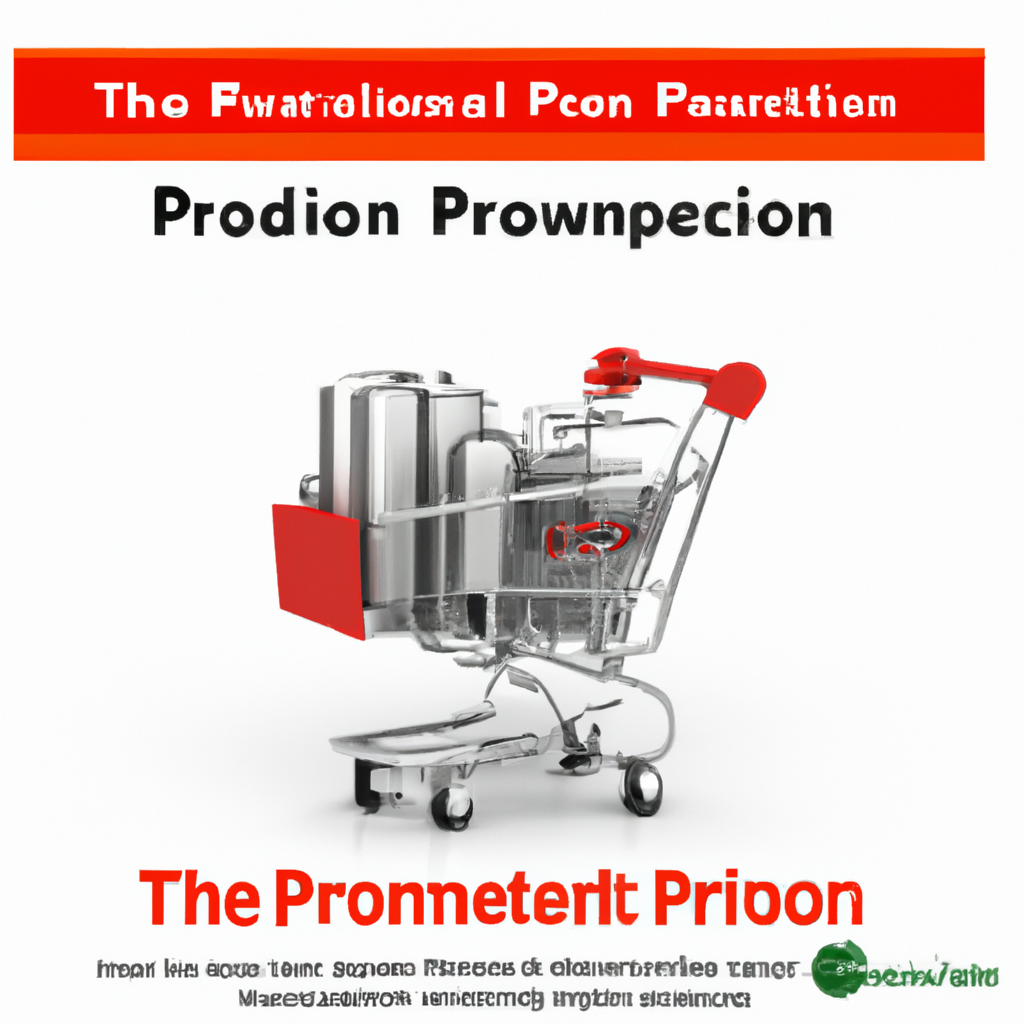
Successful Examples of Promotions and Special Offers
Several businesses have successfully utilized promotions and special offers to drive sales, increase brand awareness, and foster customer loyalty. Here are some noteworthy examples:
Amazon Prime Day
Amazon Prime Day is an annual sales event exclusively for Amazon Prime members. Offering massive discounts, flash sales, and exclusive product launches, Amazon has successfully created a sense of excitement and urgency around Prime Day. This event not only boosts sales but also promotes customer loyalty and encourages sign-ups for its Prime membership.
Black Friday and Cyber Monday
Black Friday and Cyber Monday have become synonymous with massive discounts and irresistible deals. Retailers across various industries participate in these sales events, attracting a frenzy of customers looking for the best bargains. These promotions have become iconic and serve as an opportunity for businesses to generate high sales volumes, clear inventory, and kickstart the holiday shopping season.
Starbucks Rewards Program
Starbucks Rewards Program is a loyalty program that offers customers the opportunity to earn points and redeem them for free products and personalized offers. This program incentivizes customer loyalty, encourages frequent visits, and provides valuable data for personalized marketing campaigns. Starbucks has successfully built a community of loyal customers who feel rewarded for their ongoing support.
McDonald’s Monopoly Game
The McDonald’s Monopoly Game combines the excitement of a contest with the universal love for fast food. By offering customers the chance to win various prizes, including free food, trips, and cash, McDonald’s creates a buzz around its brand and drives customer engagement. The game is eagerly anticipated each year and serves as a powerful marketing tool for the fast-food giant.
Apple Back to School Sale
Apple’s Back to School Sale is a limited-time promotion aimed at students and educators. Through this promotion, Apple offers discounted prices, free AirPods, and other incentives to customers purchasing eligible products for educational purposes. This promotion helps Apple tap into a specific target market, increase sales, and strengthen its brand presence in the education sector.
Common Industries with Promotions and Special Offers
Promotions and special offers are prevalent in various industries, each with its unique set of tactics and strategies. Here are some industries commonly associated with promotions and special offers:
Retail
The retail industry is known for its frequent promotions and special offers. From clothing and electronics to home goods and appliances, retailers rely on discounts, flash sales, and end-of-season clearance events to attract customers and increase sales volume. Black Friday, Cyber Monday, and other holiday sales are particularly important for the retail sector.
Hospitality and Tourism
The hospitality and tourism industry often utilizes promotions to fill rooms, attract visitors, and encourage bookings during specific seasons or periods of low demand. Resorts, hotels, airlines, and travel agencies offer discounted rates, bundle deals, or loyalty rewards to entice customers to choose their services over competitors. Special promotions and packages are also used to target specific customer segments, such as honeymooners or families.
Food and Beverage
In the food and beverage industry, promotions and special offers are widely used to drive foot traffic and increase orders. From happy hour specials to meal discounts and loyalty programs, businesses in this industry rely on promotions to entice customers to choose their restaurants, cafes, or fast-food chains over competitors. Limited-time offers, seasonal menu items, and loyalty rewards are also employed to generate excitement and engagement.
E-commerce and Online Retail
E-commerce and online retail have revolutionized the way businesses offer promotions and special offers. Online retailers leverage the power of technology to create personalized offers, provide exclusive discounts to email subscribers, and track customer behavior for targeted promotions. Flash sales, daily deals, and free shipping promotions are commonly used to drive online sales and increase conversion rates.
Entertainment
The entertainment industry, including movie theaters, amusement parks, concert venues, and sports events, frequently uses promotions to attract visitors and fill seats. From discounted ticket prices to package deals and exclusive access to pre-sales, promotions allow businesses in this industry to appeal to a wide range of audiences and increase event attendance.
Automotive
The automotive industry often relies on promotions and special offers to boost sales and generate leads. Dealerships offer cash-back incentives, low-interest financing, or discounted lease rates to entice customers to purchase or lease vehicles. Limited-time offers and holiday promotions are commonly employed to create urgency and motivate customers to visit the dealership.
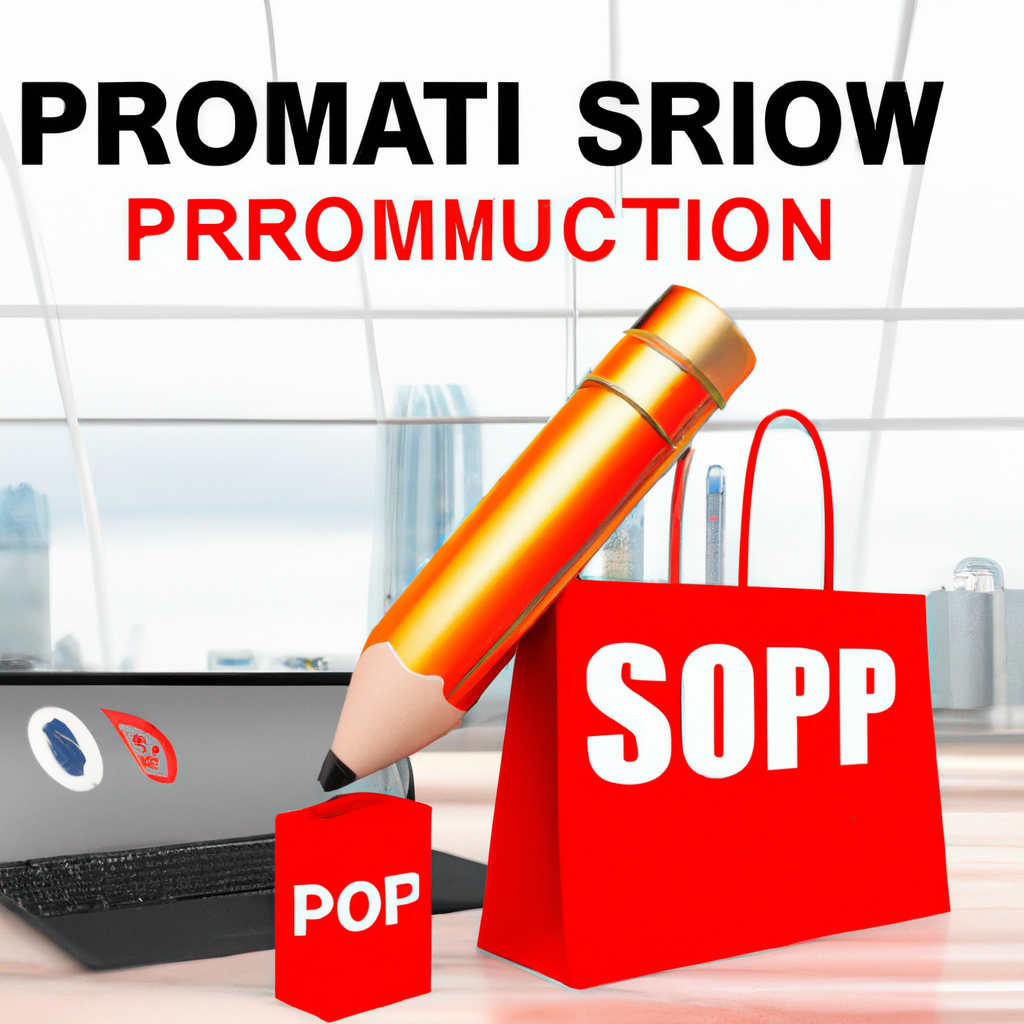
Effective Strategies for Implementing Promotions and Special Offers
Implementing promotions and special offers requires careful planning and execution to ensure they achieve the desired results. Here are some strategies to consider when creating and implementing promotions:
Understand Your Audience
Before implementing any promotion or special offer, it is crucial to understand your target audience. Conduct market research, analyze customer demographics, and gather insights into their preferences, behaviors, and buying habits. This information will enable you to tailor your promotions to resonate with your audience and maximize their effectiveness.
Set Clear Objectives and Goals
Defining clear objectives and goals is essential for any promotional campaign. Determine what you want to achieve, whether it’s increased sales, customer acquisition, improved brand awareness, or better customer retention. Setting specific, measurable, attainable, relevant, and time-bound (SMART) goals will provide direction and help you measure the success of your promotions.
Create a Sense of Urgency
Human psychology is driven by the fear of missing out (FOMO). By creating a sense of urgency, you can encourage customers to take immediate action. Limited-time offers, countdown timers, or exclusive promotions for a select number of customers can create a feeling of urgency and drive customer engagement and sales.
Strategic Timing
Timing is crucial when implementing promotions and special offers. Consider factors such as seasonality, holidays, or events that align with your target audience’s behavior. For example, a back-to-school promotion for retail businesses or a Valentine’s Day promotion for restaurants. By strategically timing your promotions, you can generate maximum impact and capitalize on customer demand.
Personalization
In today’s digital age, personalization has become an expectation for customers. Use data and customer insights to create customized offers tailored to individual preferences. By segmenting your customer base and targeting specific demographics or purchase behaviors, you can deliver promotions that resonate with customers on a personal level, increasing the chances of conversion.
Cross-Promotion
Collaborating with complementary businesses or partners can amplify the reach and effectiveness of your promotions. Identify partners with similar target audiences and explore opportunities for cross-promotion. This can involve joint promotions, referral programs, or co-branded offerings. By leveraging each other’s customer bases and networks, you can tap into new customer segments and generate mutual benefits.
Use Social Media and Influencers
Social media platforms provide businesses with a powerful channel to promote their offers and engage with customers. Utilize social media marketing strategies, such as creating compelling content, running targeted ad campaigns, and collaborating with influencers or bloggers to reach a wider audience. Platforms like Instagram and TikTok are particularly effective when it comes to visual promotions and creating viral marketing campaigns.
Measure and Analyze Results
Measuring the effectiveness of your promotions and special offers is crucial to determine their impact on your business. Set key performance indicators (KPIs) aligned with your objectives and use analytics tools to track and measure the success of your campaigns. Analyze data such as sales revenue, customer acquisition rates, redemption rates, and customer feedback to gain insights and make informed decisions for future promotions.
Conclusion
Promotions and special offers have become an integral part of the business landscape, helping businesses attract customers, increase sales, and strengthen their brand presence. By understanding the various types of promotions available, factors influencing their implementation, their benefits, challenges, and effective strategies for their use, businesses can leverage these promotional tactics to stay competitive and achieve their marketing objectives. Whether you are in retail, hospitality, food and beverage, e-commerce, entertainment, or automotive, incorporating promotions and special offers into your marketing strategy can help you engage with your target audience, build customer loyalty, and drive business growth.
